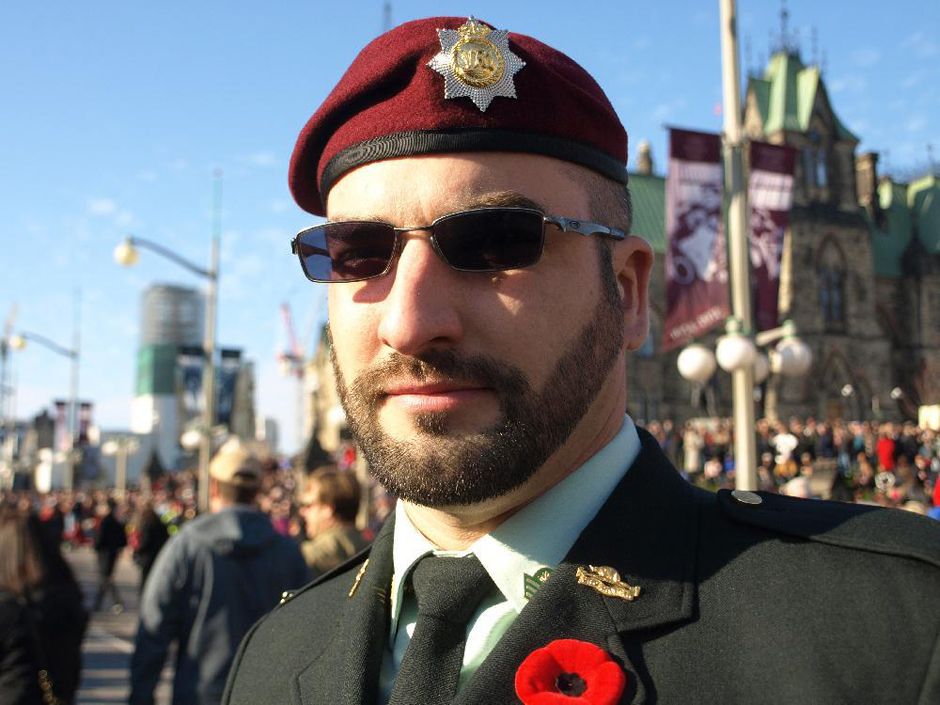Or... hear me out... we could call them Airmen, as that is both historically, etymologicaly, and linguistically accurate.
Men, plural of man, derived from the Proto-germanic "mann" meaning "person". Derived from the Sanskrit "Manu" or "humanity."
Following this protocol:
-Airman, signalman, infantryman, artilleryman, crewman, foreman, craftsman, draftsman, storeman, manning, management, manager, manufacture, mankind, man-made, etc.
they're all gender neutral already. I understand the recent (50 years or less) masculine/feminine connotations, however, academically it makes my eye twitch as it is completely against English grammatical structure.
What's worse is that "aviator" is not gender neutral, and is in fact (as per Latin grammatical structure) masculine. AviaTRIX is the feminine form and AviaTORES (tor-ezz) in plural.








